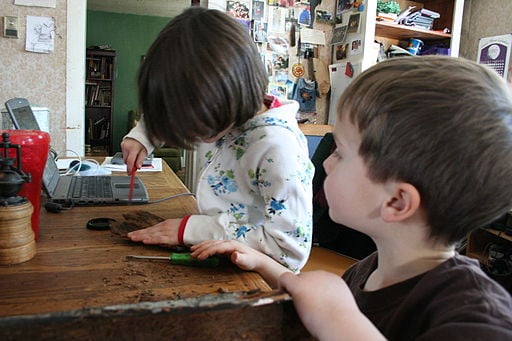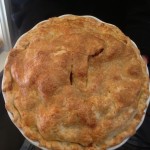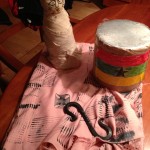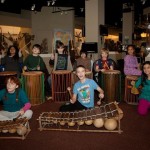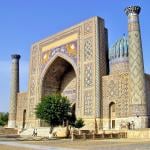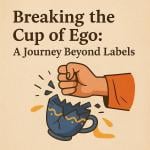 I thought I would use a slow day (which really means a day when we didn’t do any school work) to put up something about our unit on colonial America. Below is a list of activities and resources, in no particular order, that we are incorporating into our study of Colonial America.
I thought I would use a slow day (which really means a day when we didn’t do any school work) to put up something about our unit on colonial America. Below is a list of activities and resources, in no particular order, that we are incorporating into our study of Colonial America.
To see a list of the learning objectives I think we will meet by the end of the year, some of which are addressed in this unit, click here. And to see a typical week’s schedule, into which I try to fit all of this unit study material, click here.
- History Pockets – We have one set for Colonial America and one for Life in Plymouth Colony. With each set you make interactive projects, stored in construction paper pockets. Each pocket contains: a pocket label; a bookmark of short, fun facts about the subject; a fact sheet of background information; arts and crafts projects; and writing activities. The boys love making them.
- Written in Bone – This exhibit at the Smithsonian Natural History Museum has skeletons from Jamestown residents, and you can learn about their lives and deaths by looking at the clues left in their bnes. (This week, when we were watching a video about the role of tobacco at Jamestown, the boys remembered seeing the rotted teeth of Jamestown residents who chewed on the tobacco.)
- Homeschool Days at Plimoth Plantation – We’ll head down on April 15th & 16th to see the village and ship we have been studying for two months now. They have a day-long program on the 15th especially for homeschool kids.
- Books – We have ordered and checked out lots and lots of books. I especially love these four: If You Sailed on the Mayflower; If You Lived in Colonial Times; The First Thanksgiving; and Squanto’s Journey
- Timeline – While not as extensive as our China timeline, which took up two rooms of our house, we’ll make a poster-size timeline. As with last semester, they’ll eventually transfer the dates they find most significant in to their timeline books, Wonders of Old.
- Map Study – We will continue to work on our map skills, using the same book as last semester, Mega Fun Map Skills. We will spend a few hours at the Museum of Science exhibit Mapping the World Around Us. They are going to make a model of and then memorize all thirteen colonies. Plus, their Homeschool Naturalist class is focusing on map skills for March and April.
- Embroidery – The Museum of Fine Arts in Boston offers these great classes for kids, Artful Adventures. We will go for three weeks, exploring the art and artisanship of colonial America The first week, we will look at embroidery, particularly children’s samplers. The next week, we will look at Native American art of the time, and the final week, we will explore a replica of a colonial home. During all three weeks, we will learn to do embroidery.
- Colonial Williamsburg – We are going to visit the 18th century village replica for two days. We might even stay the night in a typical colonial house.
- Making Butter and Candles – Sounds fun. If you know how to do it, let me know. If you want to come show us how to do it, we’ll send you home with butter and candles!
- Kits from Children’s Museum – The Children’s Museum in Boston has these amazing kits you can borrow for $25. Each kit has artifacts, games, clothing, craft supplies, and more. We learned so much with them last year. This semester, we will use the following kits: Colonial New England (artifacts of everyday use at home, school, and work); Plant Dyes (materials to create dyes from plants and then dye materials); Native American Games (game materials, books, and instructions); Quilt Design: The Right Triangle (right triangle-shaped fabric samples and assorted patterns allow children to match patterns or create their own designs and learn about geometry); The Wampanoag People: Our Untold Story (teaches the history, environment, colonization and celebrations of the Wampanoag, using artifacts, maps, games and activities); Weaving (students can use three types of looms for cloth and fiber weaving)
- Magnetism, Compasses and Ocean Navigation – We’ve got some cool magnet kits. The boys are learning how to use compasses in their Homeschool Naturalist class. And I took a class in grad school on celestial navigation. Somehow, I’m gonna put it all together and we are going to simulate coming across the ocean on the Mayflower. Again, any ideas would be appreciated.
- Birch Bark “Paper” – The boys can go in the back yard, peel off some bark sheets, and come in to write on them, as colonial schoolchildren did.
- Gardening – We are going to plant corn and pumpkins, and hope that they grow better than they have in the past. With our bees, and Squanto’s trick about burying dead fish with the seeds, we’re hoping for a bumper crop.
- Religion in the Colonies – We’ll attend worship at Plimoth, attend a church that sings Psalms as they did during colonial times, and read about Pilgrim Christianity and Wamponoag spiritual beliefs and practices.
- Colonial House DVDs – These are the real reason I wanted to study Colonial America. This PBS reality TV show was addictive. (PBS being PBS, they didn’t call it reality TV. They called it “experiential history.”) A group of volunteers is trained to live as they would have as colonists in 1628. They have several months to establish their colony before historians come in to judge whether they would have survived the winter. The DVDs are next up on our Netflix queue – can’t wait.
Oh my goodness! This is going to be so much fun!! If you’re in town, come join us for some of it.


